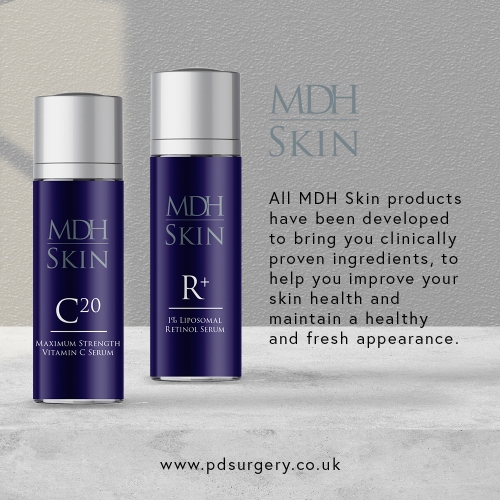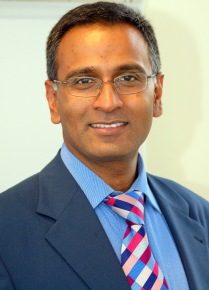The eyes may be the windows to the soul, but as we age we see changes to the window that ages us dramatically. The appearance of the eyelids and surrounding region are a key cosmetic focal area, suitable for a variety of surgical and non-surgical rejuvenation techniques.
Over time skin loses its elasticity and muscles slacken. For the eyelids this results in an accumulation of loose skin which collects as folds in the upper eyelids and forms deepening creases in the lower lids. At the same time there is slackening of the muscle beneath the skin allowing the fat, which cushions the eyes in their sockets, to protrude forward and give the appearance of bagginess. The brows also droop and become “heavier”. In some families there is an inherited tendency for bags to develop during early adulthood before any skin changes.
The problem often seems worse in the morning, particularly with prolonged stress and lack of sleep. Drooping of the eyelids is also an effect of the ageing process and aggravates the accumulation of the skin in the upper eyelids. Sometimes so much skin accumulates in the upper lids that it hangs over the eyelashes to obstruct vision.
Following a detailed consultation and assessment we assess and recommend appropriate treatment strategies based upon your concerns. In addition to, or instead of, non-surgical wrinkle refining injections, we may suggest a combination of specialist skin care products, designed to improve and refine skin tone and texture around the eyelids and prepare you for the eyelid surgery.
An eyelid reduction (blepharoplasty) is a plastic surgery procedure that removes the surplus skin and protruding fat to produce a more alert appearance and reduces the morning swelling. The scar is left in the skin creases of the eyelids. You may also benefit by combining blepharoplasty with other plastic surgery procedures such as a brow lift. Mr Humzah Consultant Plastic Surgeon will advise you regarding the options for you regarding blepharoplasty.
A brow lift is a cosmetic surgery procedure to remove excess fatty tissue and skin from the forehead resulting in a firmer and less wrinkled brow and forehead. Different techniques are available to achieve a brow lift for example a minimally invasive procedure using a special implant – Endotine may also be used to achieve a brow lift. Mr Humzah Consultant Plastic Surgeon will explain these to you and discuss which technique would be suitable for you.
Both upper and lower eyelid surgery can be carried out under local anaesthesia or under general anaesthesia in a hospital. In a typical procedure the incisions following the natural lines of your eyelids; in the creases of upper lids and just below the lashes in the lower lids (see illustration). These incisions are extended a little way into the crow’s feet or laughter lines at the corner of the eyes. Through this incision surplus fat is removed and excess skin and sagging muscle removed. If you have a pocket of fat beneath your lower eyelids without surplus skin then the fat may be removed through the inside of the lower eyelid.
The eyes appear watery after surgery, partly because of swelling under the conjunctiva (chemosis) and partly because the tear ducts are swollen and do not drain as readily. This will last a few weeks. Although there is bruising it can quite readily be disguised with make-up and dark glasses. The scars will be pink for a few months, but eventually they become almost invisible.
What are the risks?
All surgery carries some uncertainty and risk. You can reduce the risks by closely following your Mr Humzah’s instructions both before and after surgery. You should tell him of any thyroid disease, high blood pressure, diabetes or eye disorder such as detached retina or glaucoma. It may be that he will wish you to be checked by an Ophthalmologist. During your consultation all the risks will be discussed with you.
The fee quoted will cover costs related to your total care (pre-operative assessments, accommodation, medications, routine investigations), theatre, surgeon and anaesthetic fees. It also covers all required post – operative visits and any necessary management of clinical complications. It does not include the initial consultation fee of £110.
For further information on all procedures, please contact us on 0800 084 2321 or email info@pdsurgery.co.uk.


 Overall beauty may be in the “eye of the beholder’, however it also depends on the proportions and harmony of facial features. The science of beauty is showing us that there are 7 areas which make a face beautiful.
Overall beauty may be in the “eye of the beholder’, however it also depends on the proportions and harmony of facial features. The science of beauty is showing us that there are 7 areas which make a face beautiful.